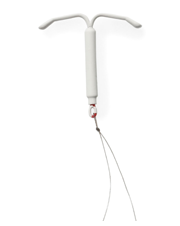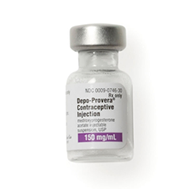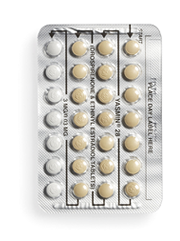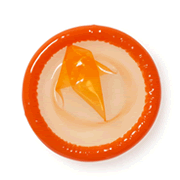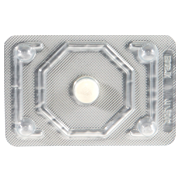3 Ways to Keep Your Cervix Healthy This Year

If one of your goals for this year is to make your health a priority, we’ve got a great place for you start: with your cervix!
January is Cervical Health Awareness Month, an effort to raise awareness about cervical cancers and the importance of early detection. In fact, did you know cervical cancer used to be one of the leading causes of cancer death for women in the United States? We can say “used to” because the death rate of the disease has dropped dramatically since the increased use of Pap smears (or Pap tests).
However, many people are still at risk of developing some type of cervical cancer, which is why it’s important to know how to protect yourself. In the United States, Hispanic and Black folks are most likely to be diagnosed with cervical cancer. And while it’s most often diagnosed in those between age 35 and 44, it’s rare for people who get Pap smears regularly to be diagnosed – so it’s good for young adults to get them regularly (the recommendations for how often are different for everyone, so ask a The Right Time provider how often you should get one).
If you’ve never given much thought to your cervix or cervical cancer, here are three easy things you can do to reduce your risk. In fact, you’ve probably done one of them already! And for answers to your specific questions about cervical cancer, as well as the types of birth control that can help protect you against it, make an appointment at your nearest The Right Time health center.
- Get a Pap smear
To get cervical cells for cancer and precancer testing, a provider needs to collect a sample from the cervix. This is done by performing a Pap smear. It’s a very routine exam where a provider inserts a speculum into the vagina and uses a mascara wand-like tool to collect cells from the cervix that are then sent to a lab for testing.
Pap smears are important for two reasons: the first is that cervical cancer is most treatable if it’s caught early. The second is that Pap smears can also detect cervical cells that might someday develop into cancer (or precancers), which means your provider can treat them before they become cancerous. When these precancers are removed, cervical cancer is prevented more than 95% of the time.
- Use birth control
About 90% of cervical cancers are caused by HPV (the human papillomavirus), a sexually transmitted infection (STI). As such, another great way to take care of your cervix is to use a method of birth control that protects you against STIs (such as condoms and internal condoms). These are the only two methods that prevent pregnancy and protect you from STIs at the same time. If you’re already using another type of birth control (such as the IUD, the implant, the pill, the ring, or the shot), you don’t have to stop – in these cases, you can consider your use of a condom or an internal condom as a backup method.
- Get vaccinated
HPV is the most common STI. There are more than 150 types of strains out there, some of which clear up on their own (these are considered “low-risk”). The other types are considered “high-risk,” as they are associated with cervical, anal, and throat cancer. These strains do not have any symptoms, which is why regular check-ups with your provider for HPV screens and Pap smears are important.
But another way to protect yourself is to get the HPV vaccine, which is known as Gardasil 9 in the United States. Depending on your age, it’s a series of two or three shots. These days, anyone between the age of 9 and 45 can receive the vaccine and be protected from 9 strains of HPV viruses. While it’s best to start the HPV vaccine series early (before you have sex or are exposed to an HPV strain), it’s not too late to prevent HPV infections and decrease your risk of cancer by getting vaccinated now. You can even get it if you know you have HPV or had HPV in the past.
The American Cancer Society estimates that in 2020, there were 13,800 cases of invasive cervical cancer. Of those, about 4,290 people will die of the disease. But remember – cervical cancer is preventable. The providers at your nearest The Right Time health center can help.
Updated December 2020
Related Content

Article
January is Cervical Cancer Awareness Month: What to Know About HPV and ScreeningA positive HPV test can feel scary, but healthcare providers at your nearest The Right Time clinic can help.

Article
Own Your Well-Being in 2026 with These 3 Sexual Health ResolutionsFirst: prioritize preventative sexual and reproductive health care.

Article
Birth Control & Your Period: What to ExpectBirth control often changes your period, and that’s normal and safe.

Article
Handling the “When Are You Having Kids?” Question Around the HolidaysRemember: your timeline is yours.



